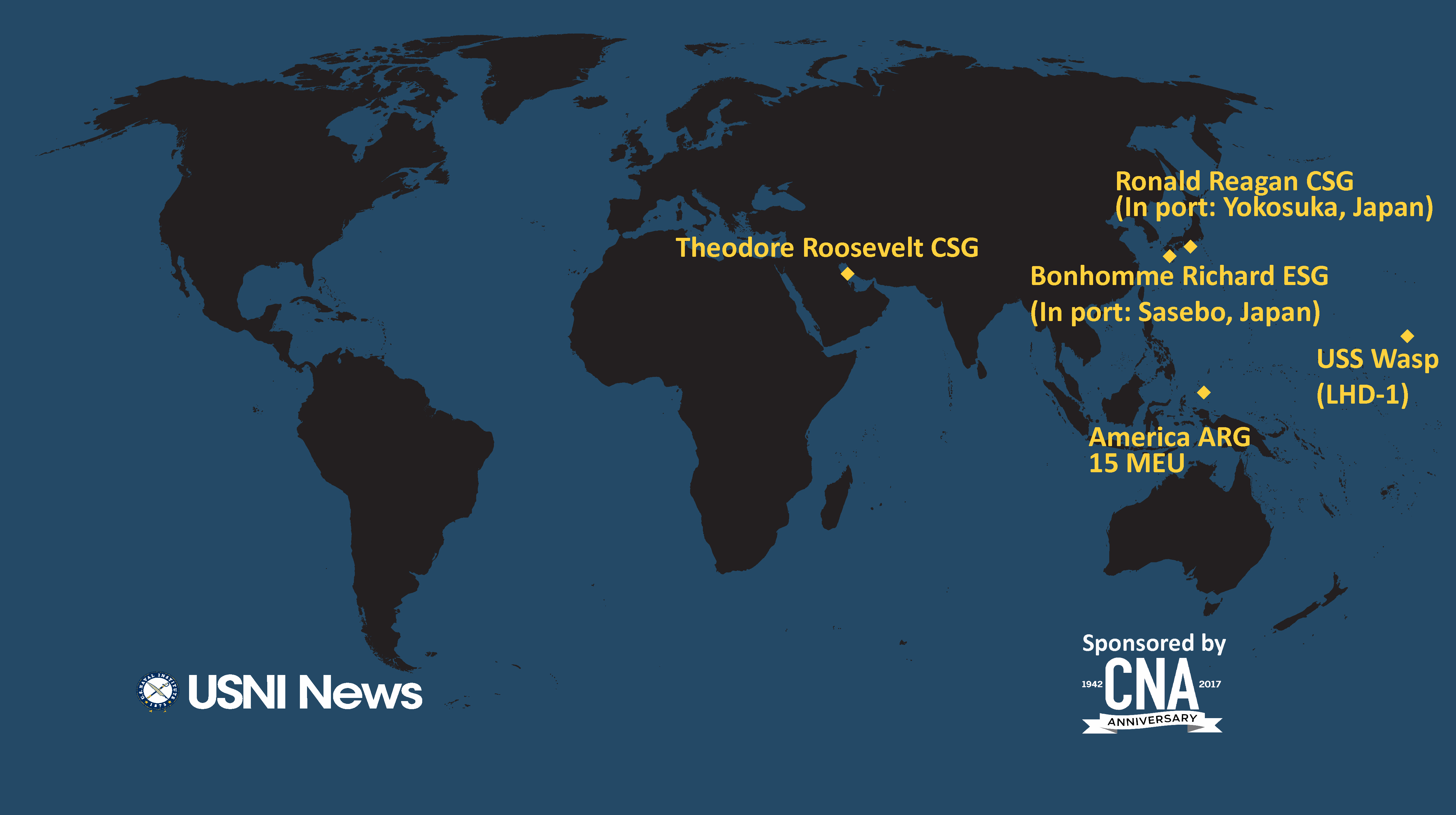Jura The idiot
General
Dec 22, 2017
and Major US defense strategy review coming Jan. 19noticed Pentagon official promises impactful nuclear, missile defense strategies
source is NavyTimes
The Pentagon will unveil its National Defense Strategy on Jan. 19, Secretary of Defense Jim Mattis announced Friday.
Speaking to reporters at the Pentagon, Mattis said a significant part of the strategy will remain classified, but promised to make at least part of the document open to the public.
“There will be a classified one that is relatively thick; there will be a shorter one that will basically lay it out unclassified, and we’ll get those copies to you,” Mattis said.
The National Defense Strategy is the second in a series of major reviews coming from the Trump administration. On Dec. 18, President Donald Trump , which spoke in broad terms. For the Pentagon, the NDS represents a chance to get into specifics.
Following the NDS, the Pentagon will also unveil the Ballistic Missile Defense Review and Nuclear Posture Reviews in February.
Last month, Deputy Secretary of Defense Patrick Shanahan told reporters that he believes the National Defense Strategy will make a lasting impact on the Pentagon over the coming year, as it will drive where resources are allocated for the department.
“We will probably talk about the National Defense Strategy probably a hundred thousand times” in 2018, Shanahan predicted. “Because if we don’t talk about it a hundred thousand times, it will just become a document that lives on a shelf ― and the difference between strategy and real outcomes if you marshal resources.”
As a result, the fiscal 2020 budget will be a “,” Shanahan said, with the strategy “firmly planted on the hill in front of our brains.”





